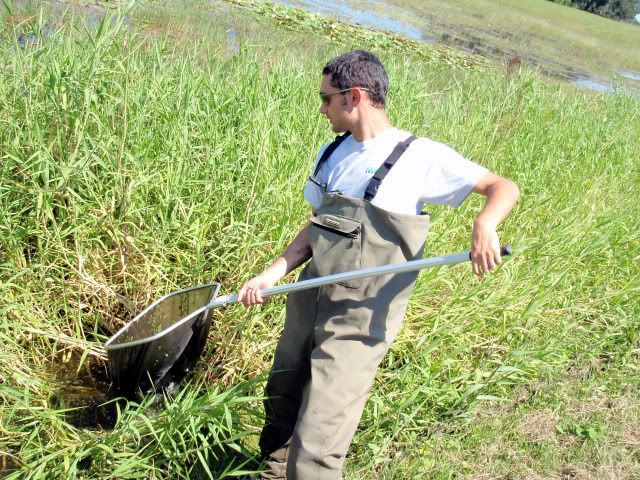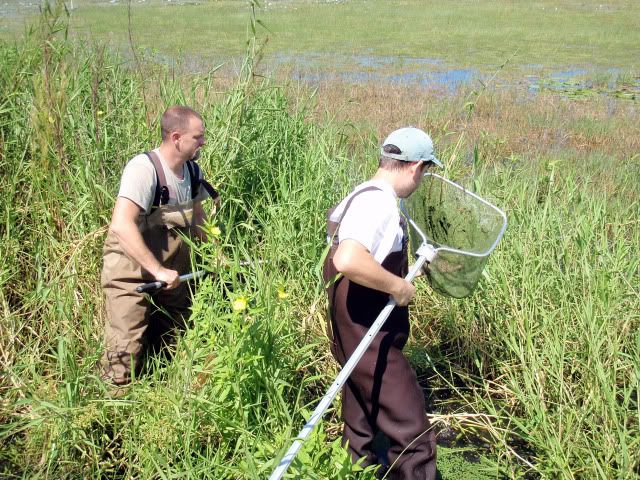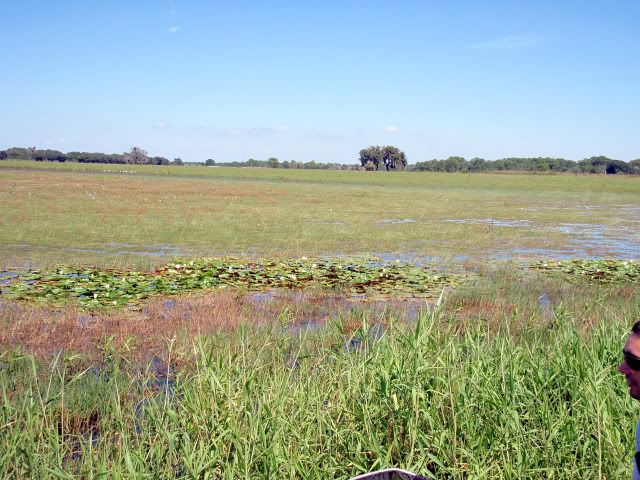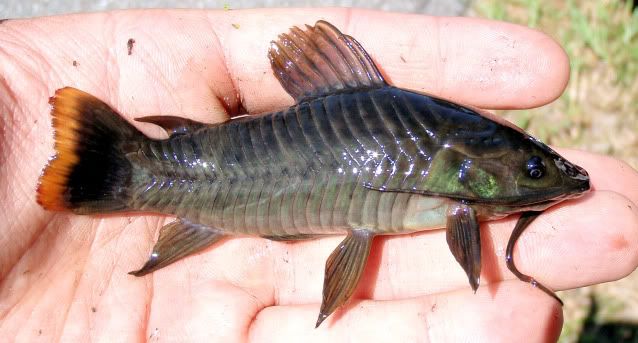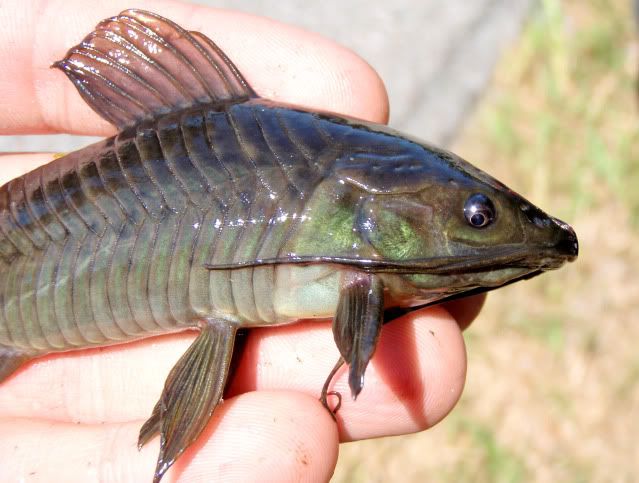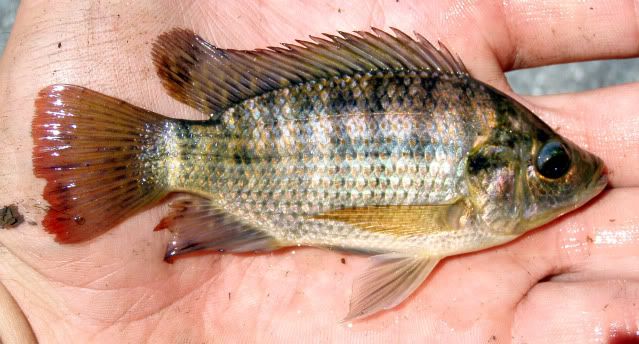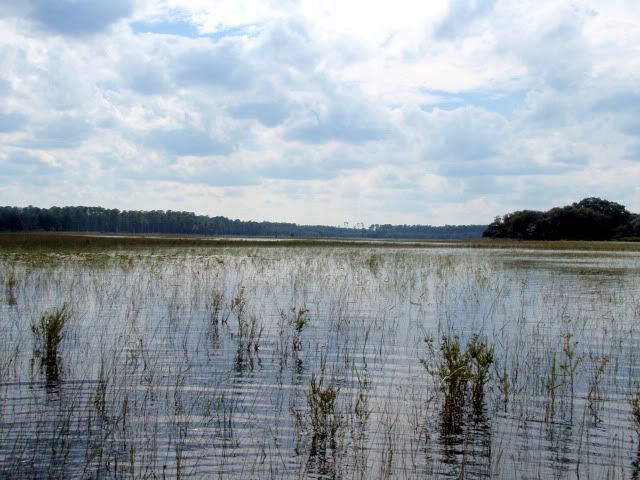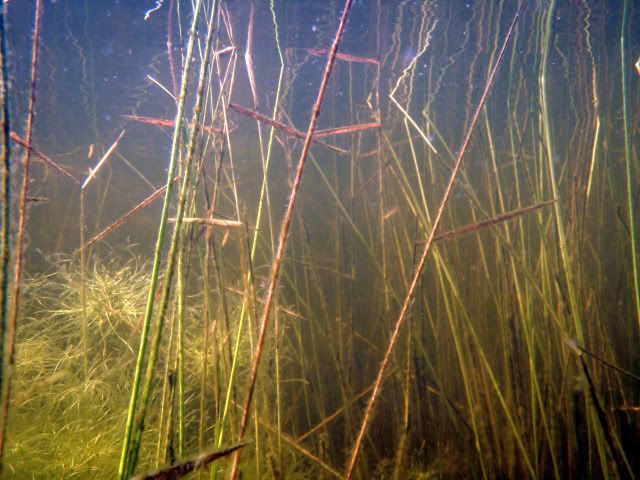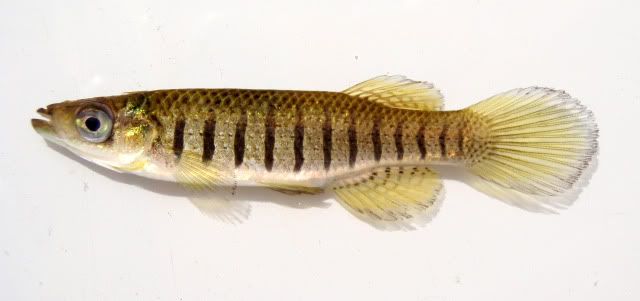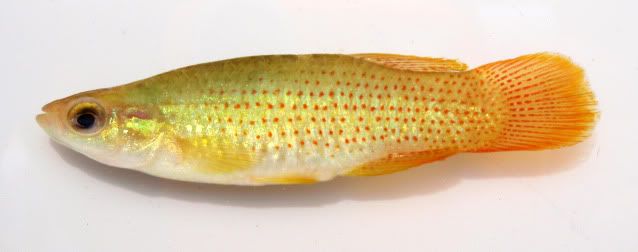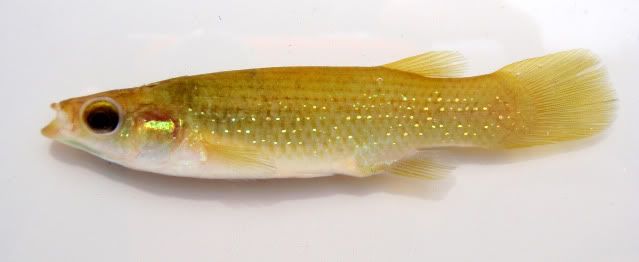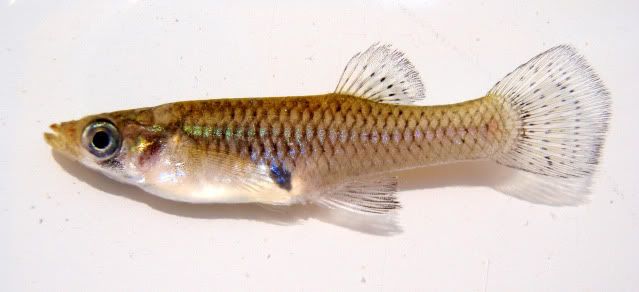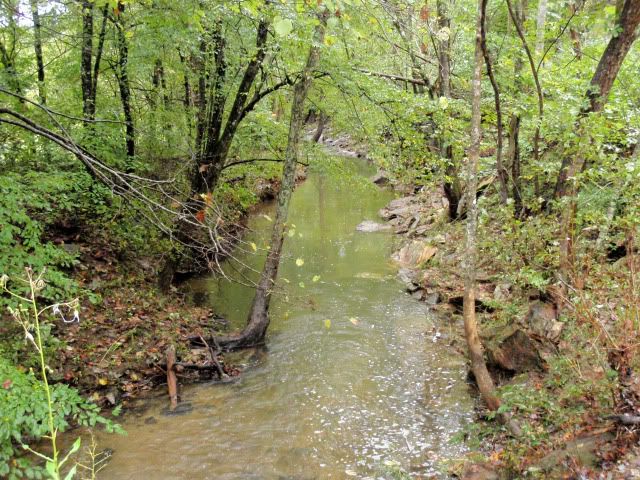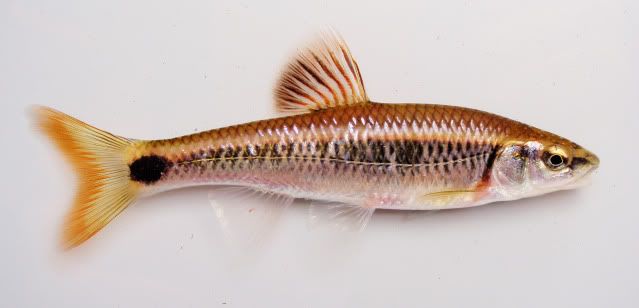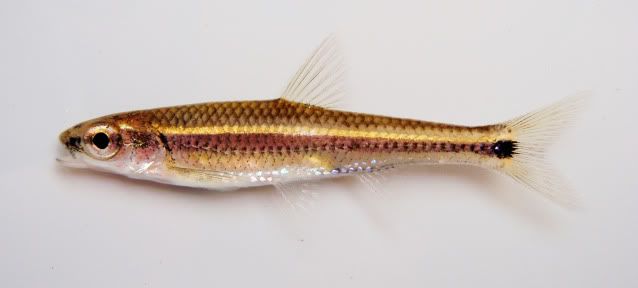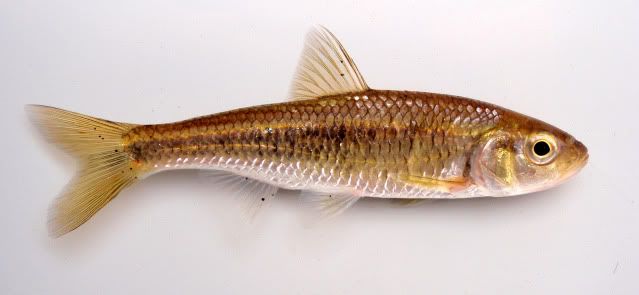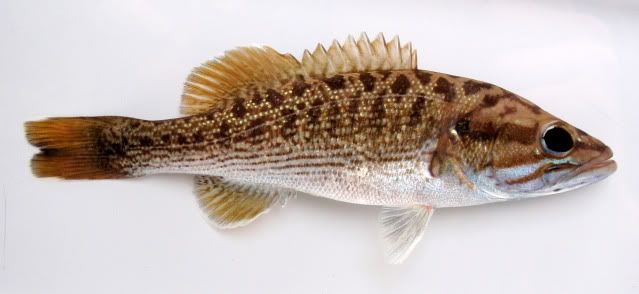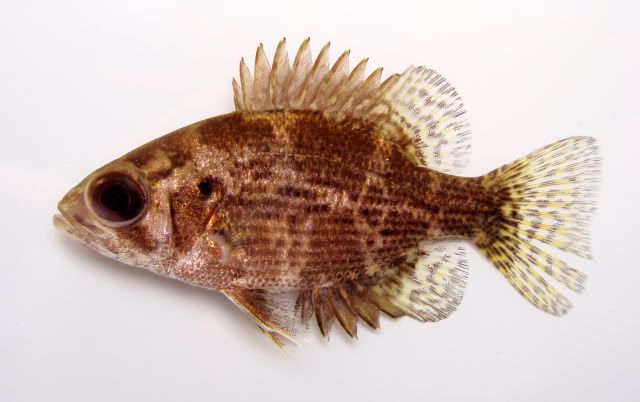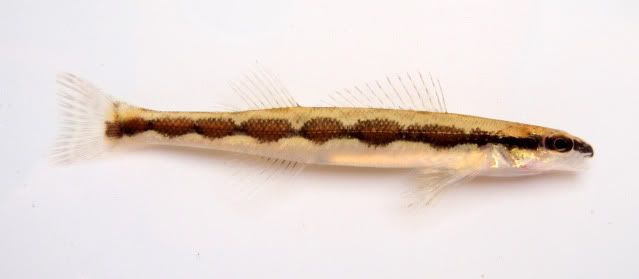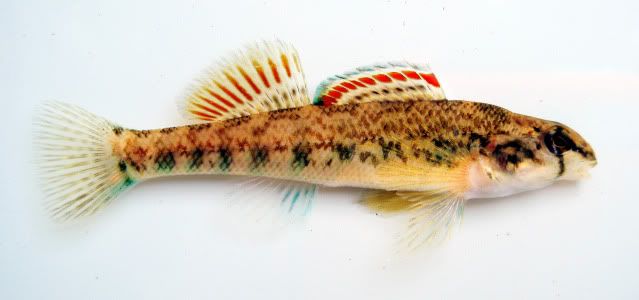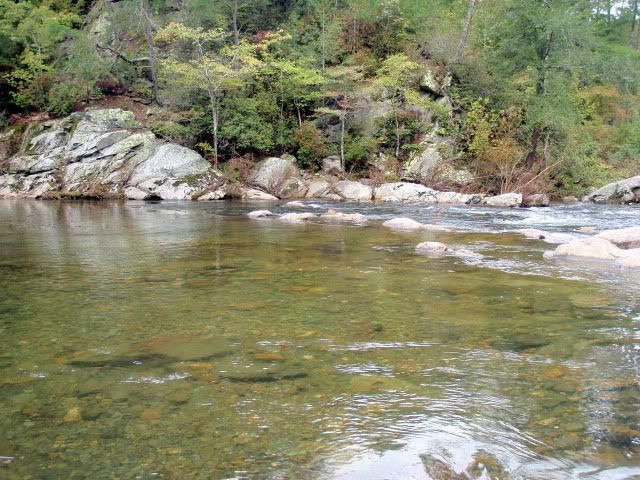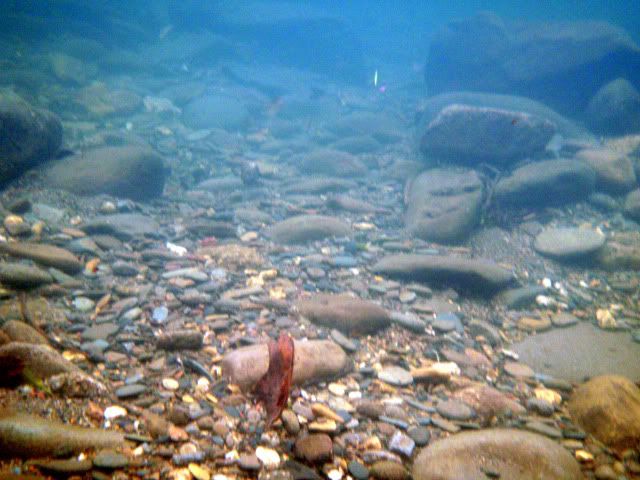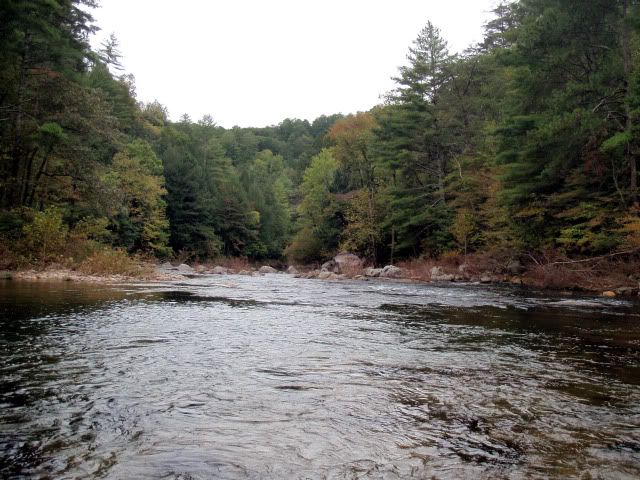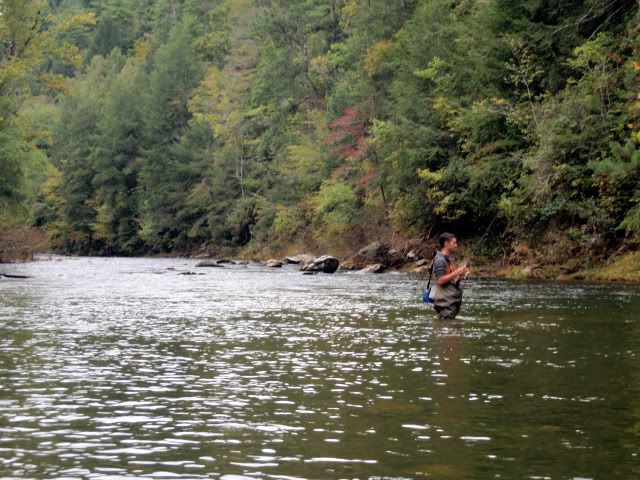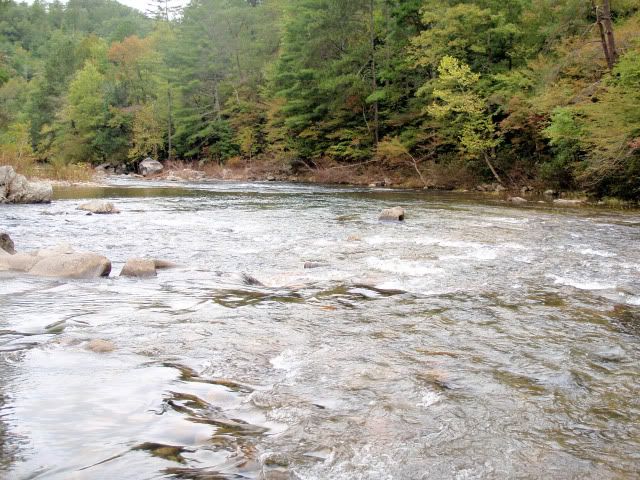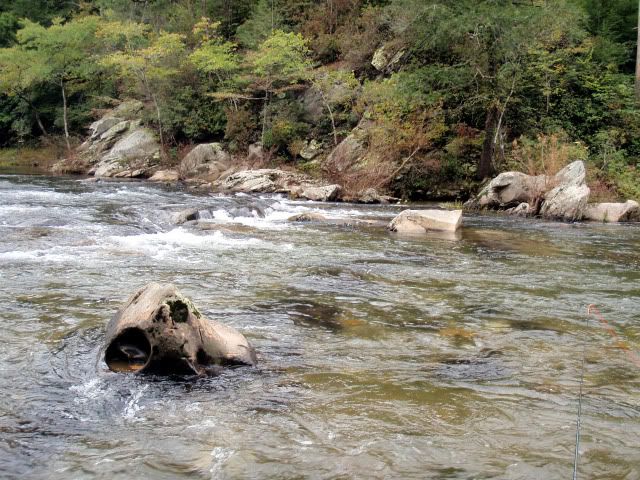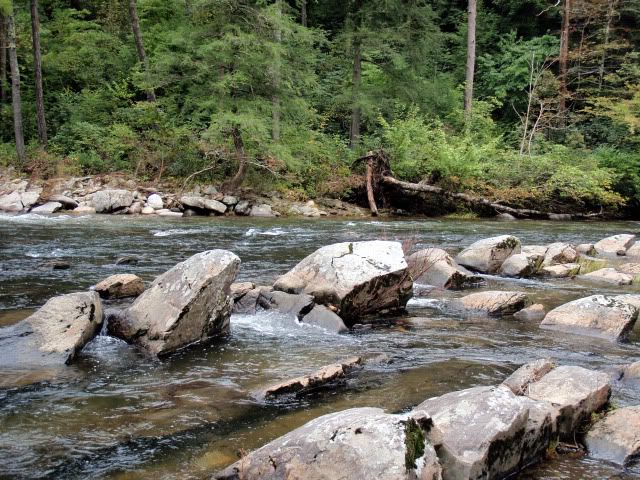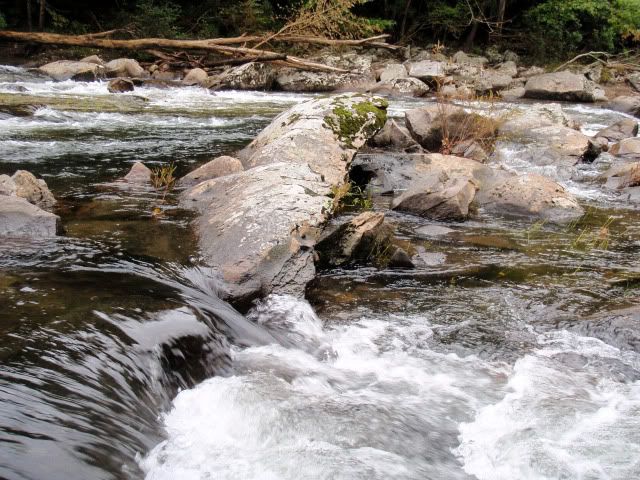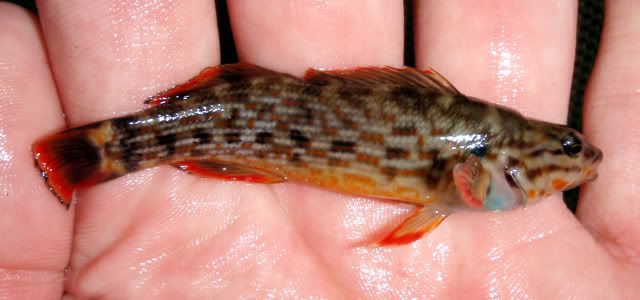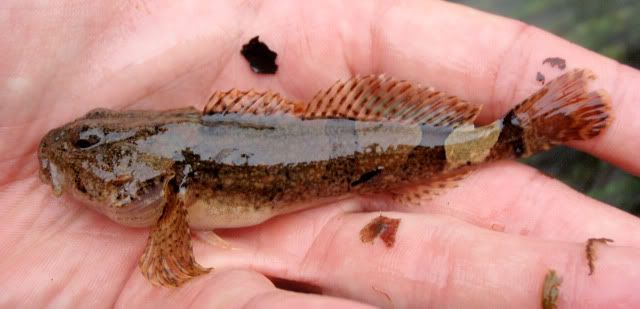We got back to the hotel and conference room in time for the dinner banquet and featured speaker. Dr. Devon Graham of Florida International University gave an eloquent speech about the history of the Everglades and its wildlife. That was followed by the traditional NANFA auction, with proceeds going to support the organization. After taking it all in, it was time to do water changes for the fish collected that day, catch a few beers at the hospitality suite and call it a night. I almost forgot to mention a great idea that was displayed at the convention. The Florida Chapter had provided oxygen cylinders, bags, rubber bands, and conditioned water for water changes to ensure that everyone's catch was well taken care of! This should surely be a staple at all conventions from here forward.

Heading to bed that night, the group I was staying with (Uland, Dustin, and Brian) and I were still unsettled with not seeing the Florida Flagfish. Dustin got the beat on where they were hiding, and we made plans to wake up at 5:30 am to go collecting before the final day's trips were to begin.
Sure enough, we got up and headed to the ditch that was supposed to be loaded with Flagfish. With the sun barely providing any light, dipnets and buckets were in full force. Within the first few dips, we had our prize...the Florida Flagfish! I didn't manage any photos of any, but boy was it sweet to finally see them after all the attempts we'd made to collect them.
We got back to the hotel, checked out, and joined our respective groups for the final day of collecting. Brian and I chose to go on the trip that would be taking us to Alexander Springs Run Creek, home of another Pteronotropis sp. Here's how that trip went;
Date: October 4, 2009
Location: Alexander Springs Run Creek in Alexander Springs, FL. Located in Lake County.
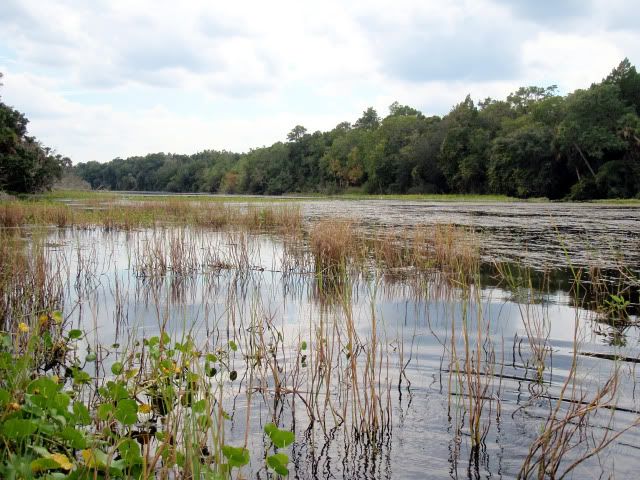 Water Level:
Water Level: Appeared to be at normal levels. Average depth was less than around 1m.
Water Temp.: not measured. The site was ½ mile – 1 mile downstream of Alexander Spring which undoubtedly supplied cool water to this creek.
Water Quality: The water was slightly tannin stained, but visibility was still very high. Snorkeling would have been an excellent idea here! Turbidity was very low as well.
Substrate: Clean sand and gravel. Muck and detritus accumulated in areas where flow was restricted by extensive Valsineria americana stands. Various other aquatic plants were very abundant, including Pickerelweed, Duckweed, and various floating plants.
Collected:Dusky Shiner (Notropis cummingsae)
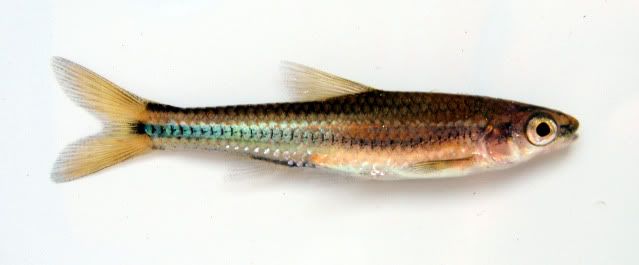
– not entirely sure of this ID. This fish could be a Coastal Shiner, although the continuation of the black stripe of the lateral line makes me lean towards the ID as a Dusky Shiner. They were very abundant here.
Peninsula Pugnose Minnow (Opsopoeodus emilae peninsularis)
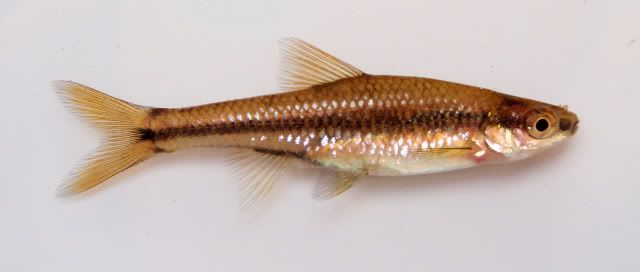
– the tan coloration of this fish reflected the tannin stained water of the area. The Pugnose Minnow I’ve seen up north have been considerably more silver. This fish was fairly abundant in the slack water behind the Valsineria americana. The noticeably wide body helped differentiate this species between the other similarly colored Cyprinids of the area. This subspecies of Pugnose Minnow lacks the dark spots on the dorsal fin that is present on the northern subspecies.
Metallic Shiner (Pteronotropis metallicus)
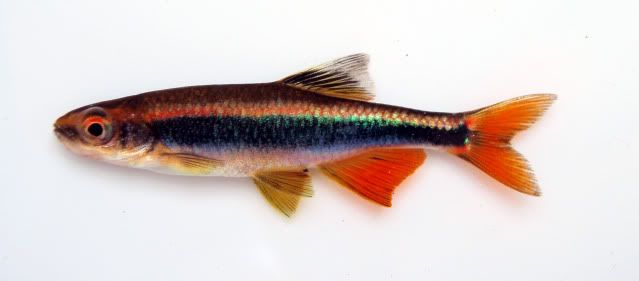
– have to verify this ID. These fish were very abundant. Almost every seine haul was accompanied by a fresh catch of this species. Breeding condition males were caught (pictured), as well as small juvenile fish. This Pteronotropis sp. was quite a bit bigger than the species we’d collected in the Alafia drainage. I’m not sure how much has been written on this species, but it appears that males become tuberculate on their chin, upper lip, and operculum. After seeing the size of the fins on this fish, it was easy to see why they are in the Ptero(winged)notropis genus.
Tadpole Madtom (Noturus gyrinus)
Inland Silverside (Menidia beryllina)
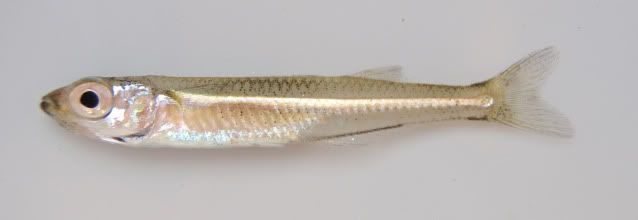
– another fish where I’m not entirely sure of the identification…a welcomed challenge though. It’s definitely not a Brook Silverside, however, Silversides that I’m familiar with from coastal regions look quite different from this species. The short snout is not indicative of any other Silverside I’ve encountered.
Southern Brook Silverside (Labidesthes sicculus vanhyningi) – these were readily identifiable and occurred out in the middle of this creek. The creek was approximately 60 m wide where we were sampling.
Seminole Killifish (Fundulus seminolis)
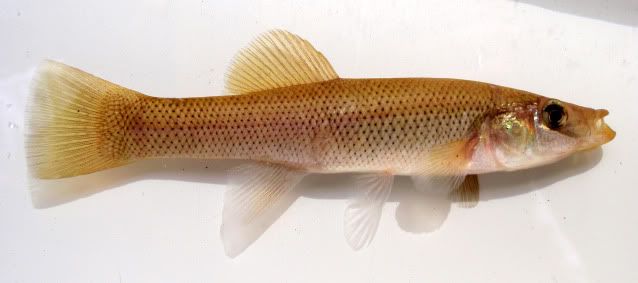
– caught a few large ones in the slower backwater areas away from the current. This large Killifish was approx. 4-5” long.
Bluefin Killifish (Lucania goodei) – abundant in the thick floating vegetation near the shoreline. These fish are a staple of most vegetated streams in Florida.
Sailfin Molly (Poecilia latipinna) – native to the warm waters of Florida, they can be quite abundant given proper amounts of cover.
Eastern Mosquitofish (Gambusia holbrooki)
Least Killifish (Heterandria formosa) – like the Bluefin Killifish, these fish are very common in Florida in vegetation near the shoreline. A fine mesh net is required to catch them, due to their very small size.
Florida Largemouth Bass (Micropterus salmoides floridanus) – saw a few juveniles swimming lazily through the Valsineria americana beds.
Redbreast Sunfish (Lepomis auritus)
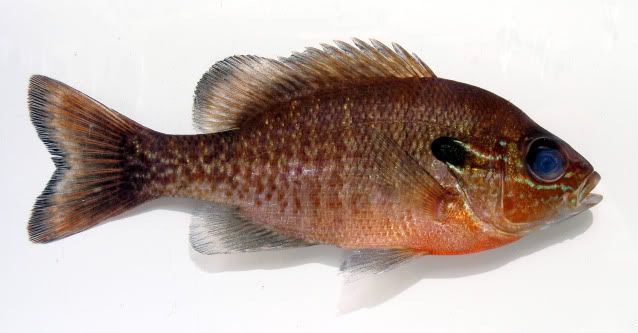
Florida Bluegill (Lepomis macrochirus mystacalis)
Blackspotted Sunfish (Lepomis punctatus)
Dollar Sunfish (Lepomis marginatus) – the clear, vegetated water provided great habitat for an impressive variety of Centrarchids.
Warmouth (Lepomis gulosus)
Okefenokee Pygmy Sunfish (Elasomma okefenokee)
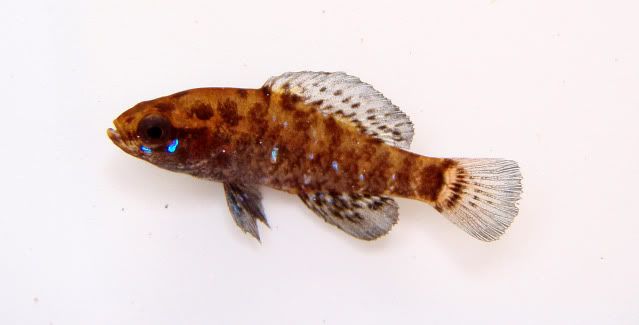
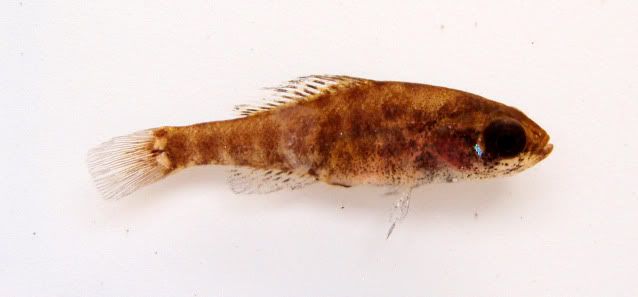
– we had to work pretty hard to catch these gems of Florida. These fish were found buried in the floating mats of vegetation. Brian and I would get our seine under sections of the vegetation mats, lift up the vegetation and pick through everything (avoiding the copious amounts of spiders!). We caught just a few in total. The males are darker and have impressive blue spots on their bodies. The females are more drab and just have one blue spot on their cheek.
Swamp Darter (Etheostoma fusciforme)
Blackbanded Darter (Percina nigrofasciata)
Notes: This had to be one my favorite site in Florida. It was everything I had hoped a Florida stream to be (except, I was strangely disappointed to not see any Alligators, but perhaps that’s all for the better). This clear stream would have lent itself well to an afternoon of snorkeling and enjoying a bevy of brightly colored fish.

